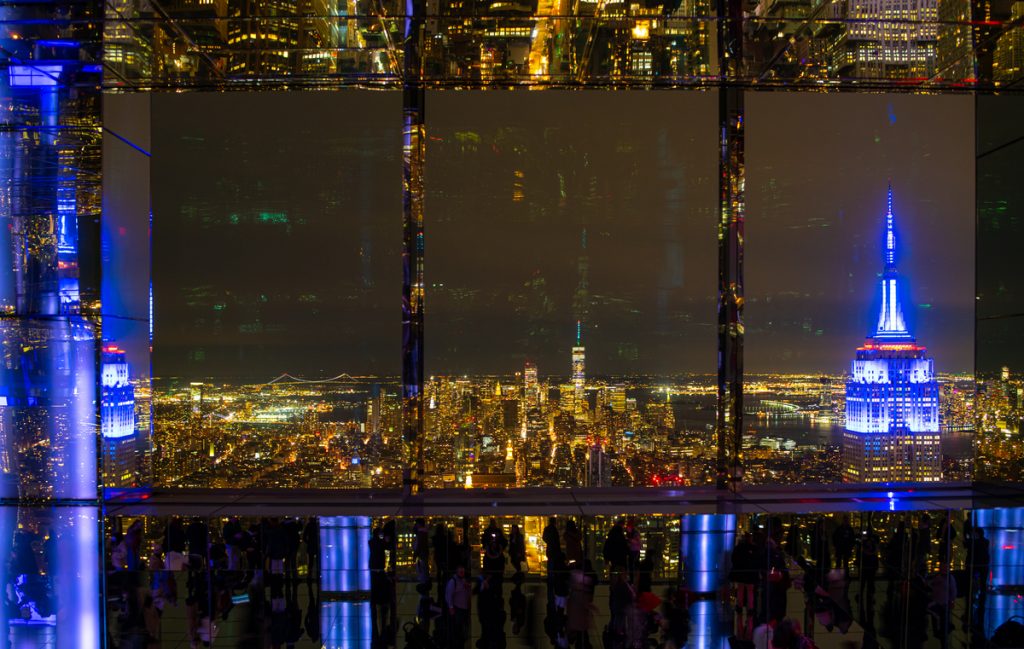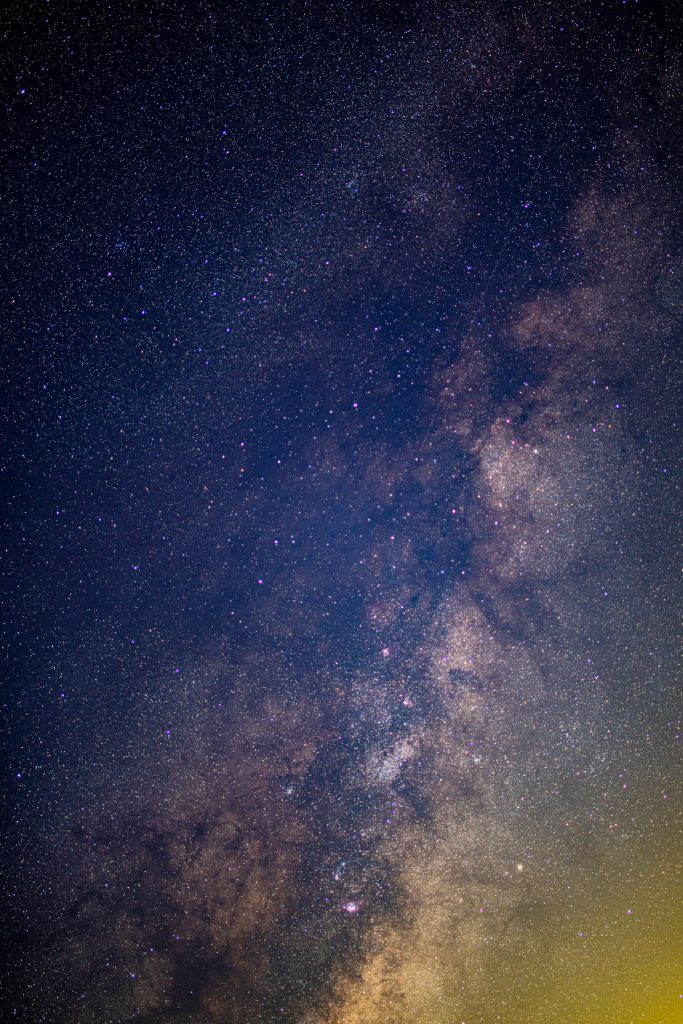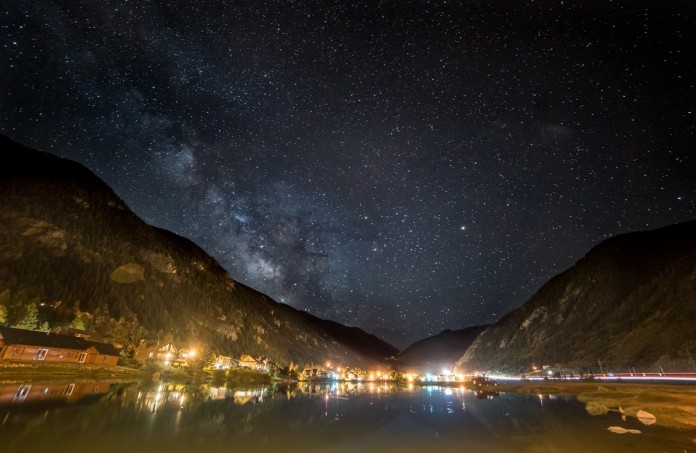For millions of years, photons of light from distant stars, nebulae, and galaxies have traveled through the empty void of the cosmos to spread their ancient message across the Earth’s sky. Ancient astronomers from Tokyo to Teotihuacan gazed upon these wondrous ghosts with welcoming and curious eyes. Every night, these astronomers would brave the elements, the absolute darkness, and the unknown to study the heavens and decipher their scientific and spiritual meaning. As civilizations grew and industry swept throughout the globe, the cosmic heavens and the ancient stories within began to illuminate. Illuminate not from above, but below. In this month’s Cosmic Mariner, we’re taking a look at how our preoccupation with illuminating the night is actually making our world darker.
Prior to the industrial revolution, the night sky was illuminated by galactic ghosts, remnants of an ever-evolving universe of which we are but a small part. Navigators, such as Polynesian sailors, utilized cosmic signs to traverse their way across the vast open seas. One of their most profound tools was the North Star. Polaris, as it’s called, lies near the center of the North Pole on the celestial sphere; a projection of Earth’s latitudes and longitudes onto the night sky. Because of the unique position of Polaris, ancient and modern navigators used this star to calculate their latitude on the Earth. In a dark sky, this star is easily visible in the little dipper. However, it has become increasingly more difficult to locate in the sky due to a tremendous rise in city and rural light pollution. Why? Because civilization has grown weary of the dark.
Over the past 200 years, it has grown increasingly difficult to locate swathes of sky dark enough for observational astronomy to take place. This problem is called light pollution or the casting of city light into the sky thereby eradicating all but the brightest celestial ghosts. Today, the problem has grown so disruptive that designated “dark zones” exist throughout the world allowing both professional and amateur astronomers to gaze upon the heavens as our ancestors once did. Interestingly, one of the fabled dark zones is right here in Oklahoma. Outside of Kenton Oklahoma is a parcel of sky that hosts the annual Okie-Tex Star Party. This cosmic event attracts people from all across the country who gaze starward with telescopes, binoculars, and good ol’ fashioned eyeballs. Unfortunately for most, light pollution will be too detrimental for them to witness the Milky Way and all of the wondrous secrets the night sky holds. To add fuel to the fire, light pollution also affects both our health and the environments in which we live.

Over the years, our species adopted a specific circadian rhythm that allows us to sleep at night and wake during the day. With artificial lighting, that circadian rhythm becomes disrupted which causes a wide range of effects from sleep deprivation to decreased immune function. In fact, according to recent studies by the World Health Organization, the disruption of the circadian rhythm by means of light pollution can be a potential carcinogen. However, wild animals that rely on nocturnal activities suffer the most from light pollution.
Wetland habitats, home to frogs and amphibians that utilize the cover of night to mate, have witnessed a reduction in numbers near cities due to increased visibility. Sea turtles, drawn to the light of the moon on the ocean’s surface after hatching, are traveling toward the danger of the city due to the abundance of light near breeding grounds. This leads to deaths that ultimately inhibit the sustainment of the species and the locations from which we fish for food.

Every year, thousands of migratory birds needlessly die from collisions with artificially illuminated buildings after wandering off course. The reduction of birds in breeding grounds can spell disaster for ecosystems that depend on their arrival, ultimately leading to negative effects on the everyday activities of humans.
So what can we do? Well, let’s be honest. The utilization of lights will never cease nor should it. However, as responsible humans, we can mitigate the effects of light pollution by combating the source. Proposed methods include covers that mitigate light spill into the sky, reductions in the numbers of lights used in addition to the wattage of the lights, and mandatory dark zones. Westcliffe, Colorado is surrounded by darkness which allowed this photograph to be captured. This could be what our future looks like. The lights we create block the lights of the cosmos above. Should we lose billions of years of history just to see the gravel beneath our feet? That’s a question we need to answer before it’s too late.






